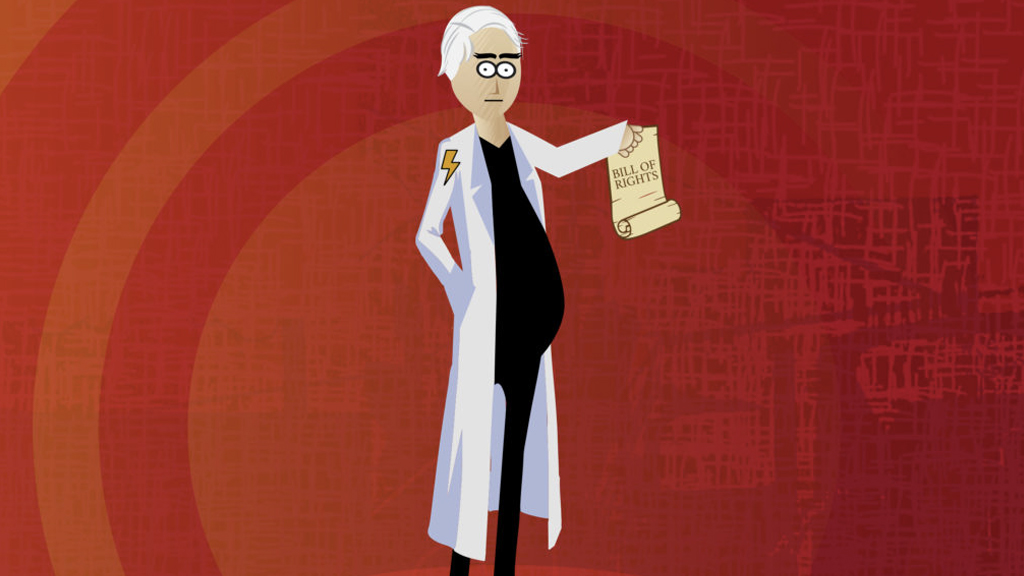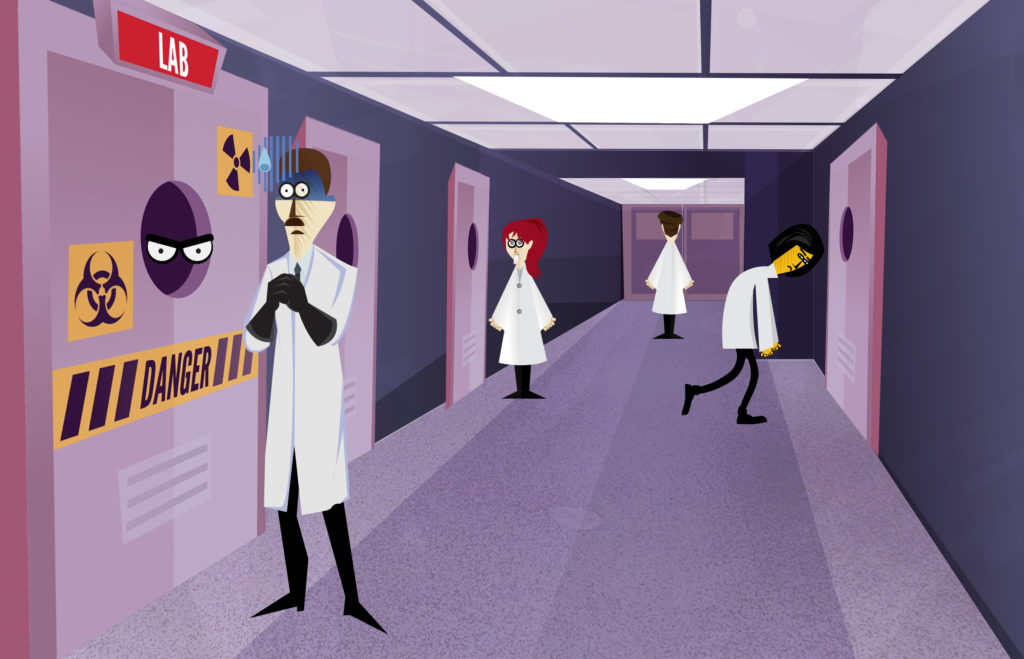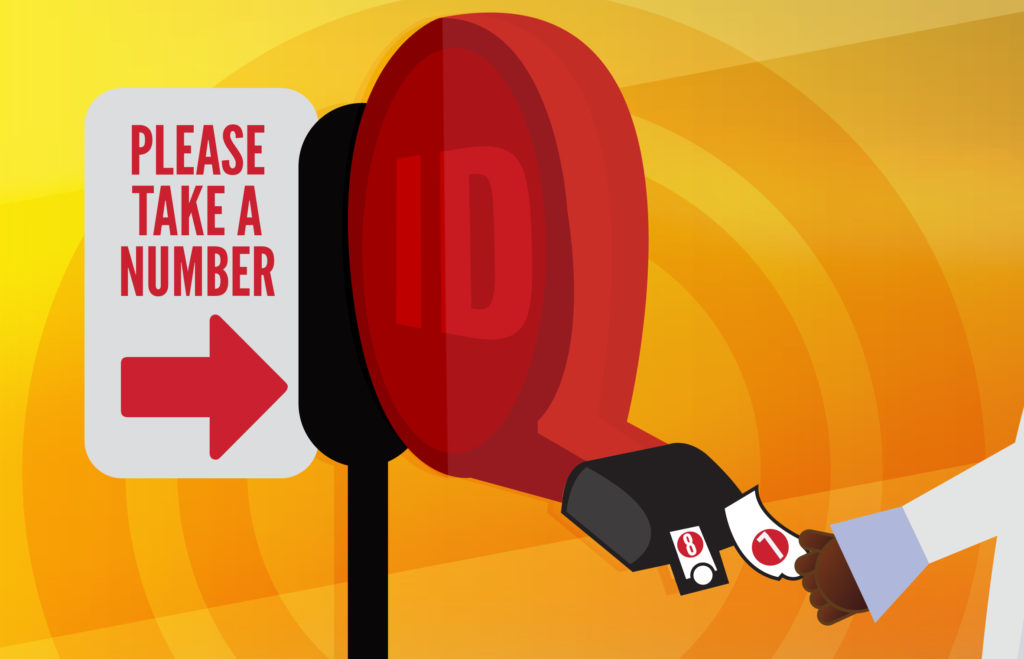Where do First Amendment Rights and academic freedom coexist and where do they leave off from one another? Teaching and research go hand in hand, so it’s a question that affects many in academia.
Garcetti v. Ceballos
In 2006, the Court ruled that statements made by public employees pursuant to their official duties may be disciplined by their employer. This was actually a case concerning a deputy district attorney and a deputy sheriff. But public institutions are public employees, so the question is a concerning one.
Protection of free speech
First Amendment rights are inalienable, right? “The First Amendment protects expression on all sorts of topics and in all sorts of settings from regulation by public institutions, including public colleges and universities. Academic freedom, on the other hand, addresses rights within the educational contexts of teaching, learning and research both in and outside the classroom — for individuals at private as well as at public institutions,” according to the American Association of University Professors.
Working 9 to 5?
“A professor’s work does not end when they leave the classroom; professorship may include teaching, researching, serving as an advisor, attending subject matter events, keeping abreast of new developments in one’s field or serving on university committees and in administrative roles…” wrote Emily Several in the New York University Proceedings. When a professor’s speech conflicts with their university’s views, problems can arise.
A conservative example
It did just that when Mike Adams, a conservative, born-again Christian who wrote in-your-face editorials and appeared on television and radio programs with widely unpopular views was denied tenure. The story ends about as badly as a story can, with Adams incurring nearly $600,000 in legal fees in order to recoup about $50,000 of backpay, and his eventual suicide. The U.S. Court of Appeals for the Fourth Circuit Decision in Adams v. Trustees of the University of North Carolina Wilmington, et al., in 2011, did decide the First Amendment interest in academic freedom overrides that general rule first seen in Garcetti v. Ceballos.
“Because of the ill-fit of Garcetti to academic speech, the Fourth Circuit’s decision rested on a shaky distinction: according to the court, Adams’ speech was not pursuant to official duties under Garcetti because his speech was ‘intended for and directed at a national or international audience on issues of public importance unrelated to any of Adams’ assigned teaching duties…or any other terms of employment found in the record,’” wrote Several of the case.
Does it relate?
A big qualifier in the many cases that have followed the fraught questions of academic freedom in public universities is whether the conduct is “germane to the subject matter” being taught.
Vulgar language which might make a classroom a hostile learning environment is another difficult area. Louisiana State University’s Teresa Buchanan’s “profanity and discussions regarding her own sex life and the sex lives of her students in the classroom do not constitute First Amendment protected speech, are not matters of public concern, and are not, as claimed by the plaintiff, part of her overall pedagogical strategy for teaching preschool and elementary education to students,” wrote U.S. District Court Judge Shelly D. Dick, who threw out Buchanan’s defense case with prejudice. Go figure. “The court over all found that the university’s interests in protecting students outweighed Buchanan’s free speech interests,” wrote Colleen Flaherty in Inside Higher Ed.
“Free speech for me, but not for thee!”
These oft-quoted words of Michael A. Olivas, William B. Bates Distinguished Chair in Law (Emeritus) at the University of Houston Law Center, show how a knee-jerk reaction can instantly turn a classroom from one of respectful discourse to one of suspicion and legal turmoil. “The best bet is for faculty to police themselves, or to have concerns brought before a committee of peers – not to involve legislators. In this way, professors can allow their students to enter their classrooms freely, without prejudices.” And he emphasizes that faculty have a responsibility to stick to the subject and to listen, respectfully.
What’s the big idea?
Most handbooks for faculty outline what is considered harassment and what is considered appropriate – and while a few private universities decide most anything they wish about what is allowed in a classroom, many private colleges adhere to the same AAUP standards. “Or as in California,” stated Olivas, “state law applies to free speech generally, not limited to public colleges.”
For public university faculty, sticking to the subject is the best plan. “What is inappropriate discussion in a college-level math course may not be inappropriate for a comparative religion class,” stated Olivas. “For example, I would not discuss religion in a math class, but such discussions about personal faith beliefs in a religious studies course would not only be allowable, but would further class exchanges.”



